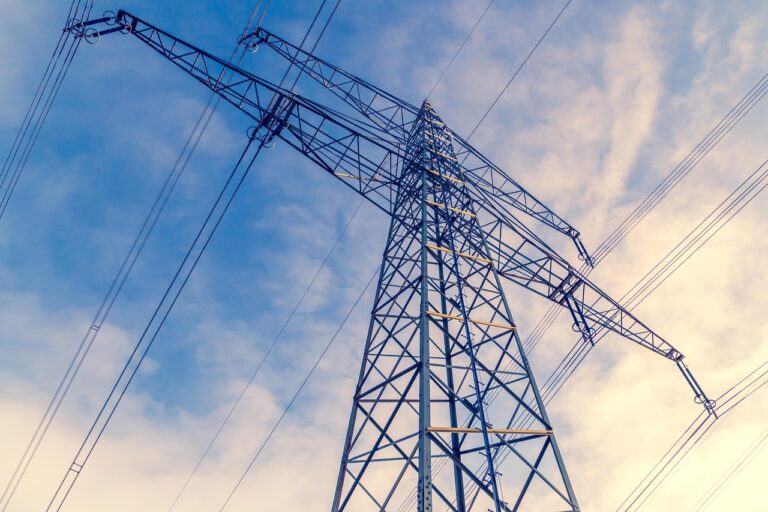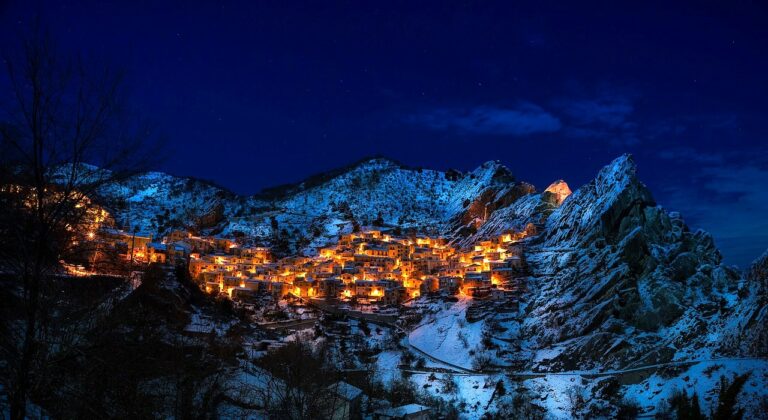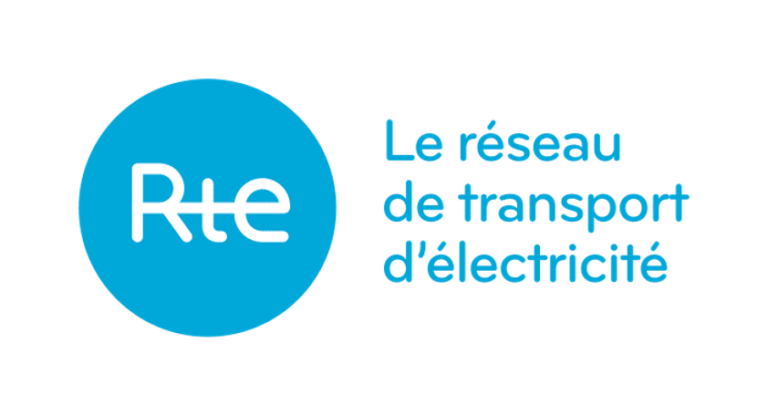Thursday 7 December was a cold shower for sales players.
Today saw a capacity auction dealing with the 2025 delivery contract (AL2025), but above all the last auction before the 2024 delivery year (AL2024), determining the reference price for the PREC spreads for the year. While this PREC was €60k/MW/year for AL2023 and AL2024 certificates were trading at around €35k/MWh, the time has come for a change. And what a change! The price of capacity has been divided by 10, at just 6.2 k€/MW for 2024…
If we had already been analysing a generally long market for several months, and had observed a very low nuclear price, we would not have assumed that this price would set the PREC.
While nuclear power was indeed put up for auction as expected at €6.3k/MW (with a volume of more than ~3.6GW), the surprise came on the buy side: the offer to buy at any price evaporated (in 2022, we had observed a demand at any price of around 12 GW, and this is now 5.9 GW, i.e. 6.1 GW less).
It is true that EdF entered the auction in a longer position than usual:
- EdF Certified player (generation) appeared to be about ~2 GW longer than the same auction for AL 2023 in December 2022.
- EdF Obligated player (supplier) was, according to our estimates, ~2.2 GW long
But this only partially explains the disappearance of purchase at any price (4.2 GW out of the 6.1 GW recorded) …
If the contribution from interconnections had not been reduced to ~7.4 GW (compared with a possible 8.3 GW), the auction result could even have plunged to 1.5 k€/MW for AL2024!
It is highly likely that the shortage of supply at any price is due to a change in EDF’s policy.
This hypothesis for AL2024 is all the more plausible when we look at the AL2025 auction: instead of the usual nuclear and Obligation d’achat tiers, we see a block of almost 15 GW AL2025 offered at a price following a logarithmic curve.
On the other hand, buyers seem to be waiting for prices to fall: demand in excess of 20k€/MWh has fallen by ~0.2 GW since November.
Ultimately, for AL2025, the equilibrium price came to 9.4 k€/MW, a long way from the 25 k€/MW observed in November.
As the post-2026 Capacity Mechanism gets underway, this is a real turning point for this mechanism.
Between a fall in demand, the effects of which on peak consumption are still poorly modelled, a change in the positioning of the players, and a drastic fall in prices, the question could arise as to the need for this mechanism for the French system.
For the time being, however, this new balance remains under a sword of Damocles, with the availability of nuclear power playing the role of Denys’s horsehair (see our note on this subject: Fragile energy security for this winter – Haya Energy Solutions).
So it’s not all over yet: the fall in demand at any price observed for AL2024 (-6.1 GW) could be partially reflected by an increase in demand in the next AL24 auctions.
From now on, we will have to keep a close eye on how the dominant player’s new nuclear positioning strategy develops, and on the TSO’s communications.
Jean-Charles Bissié







